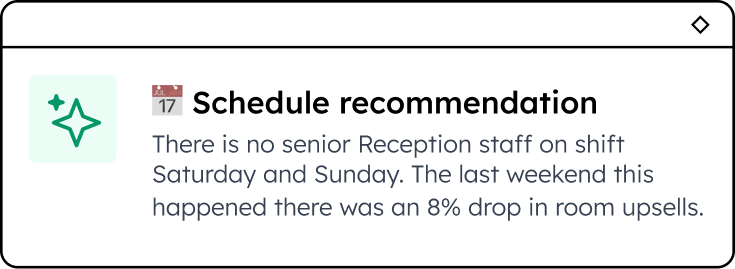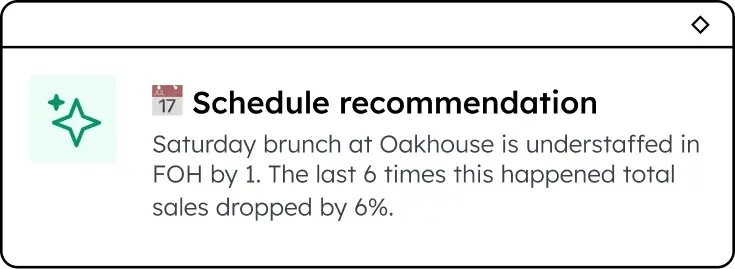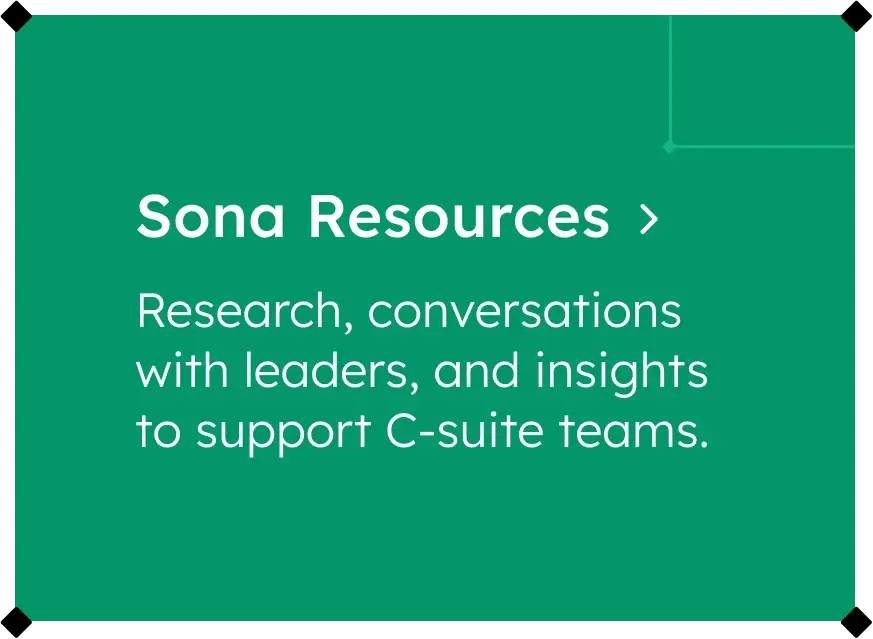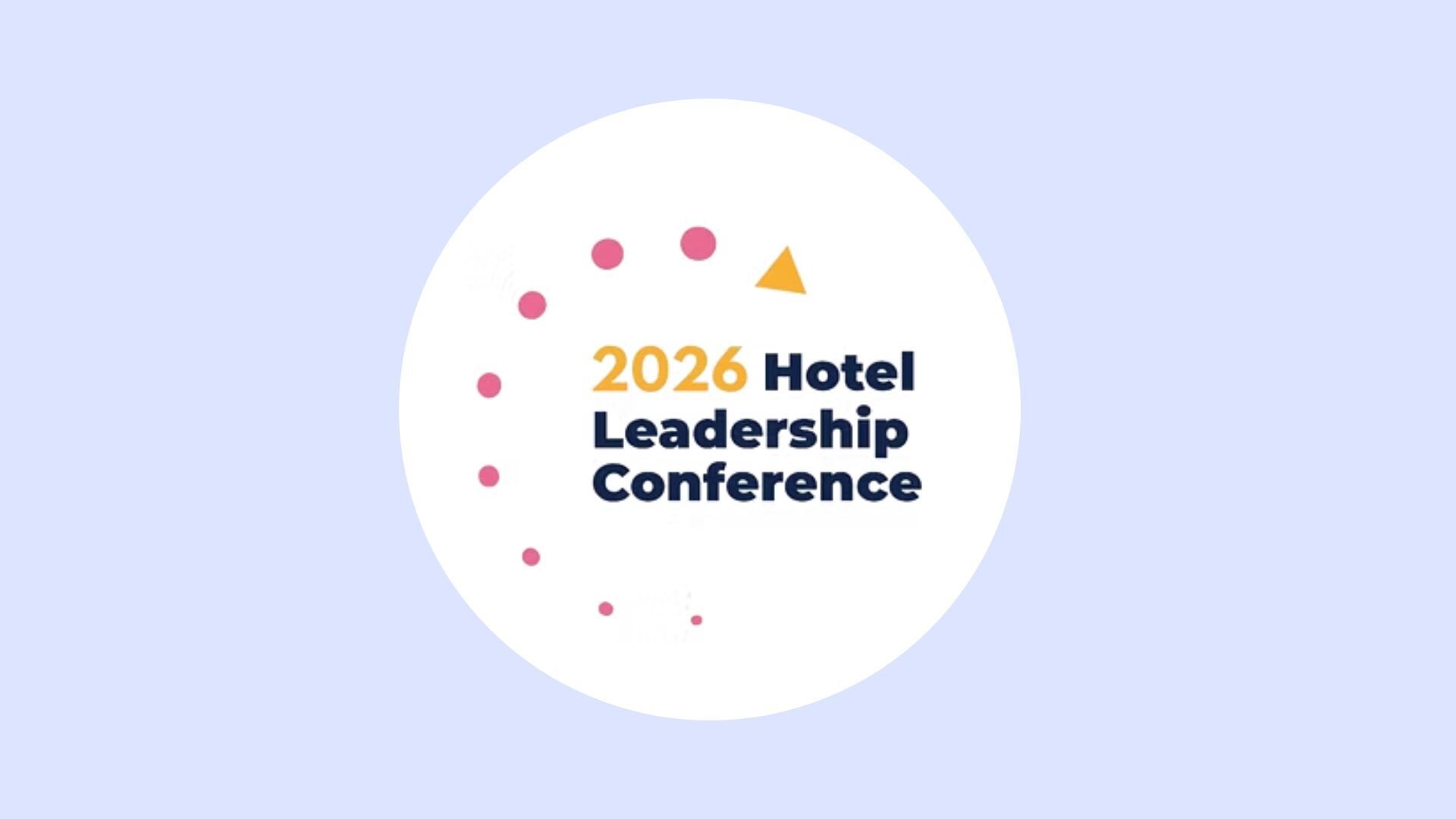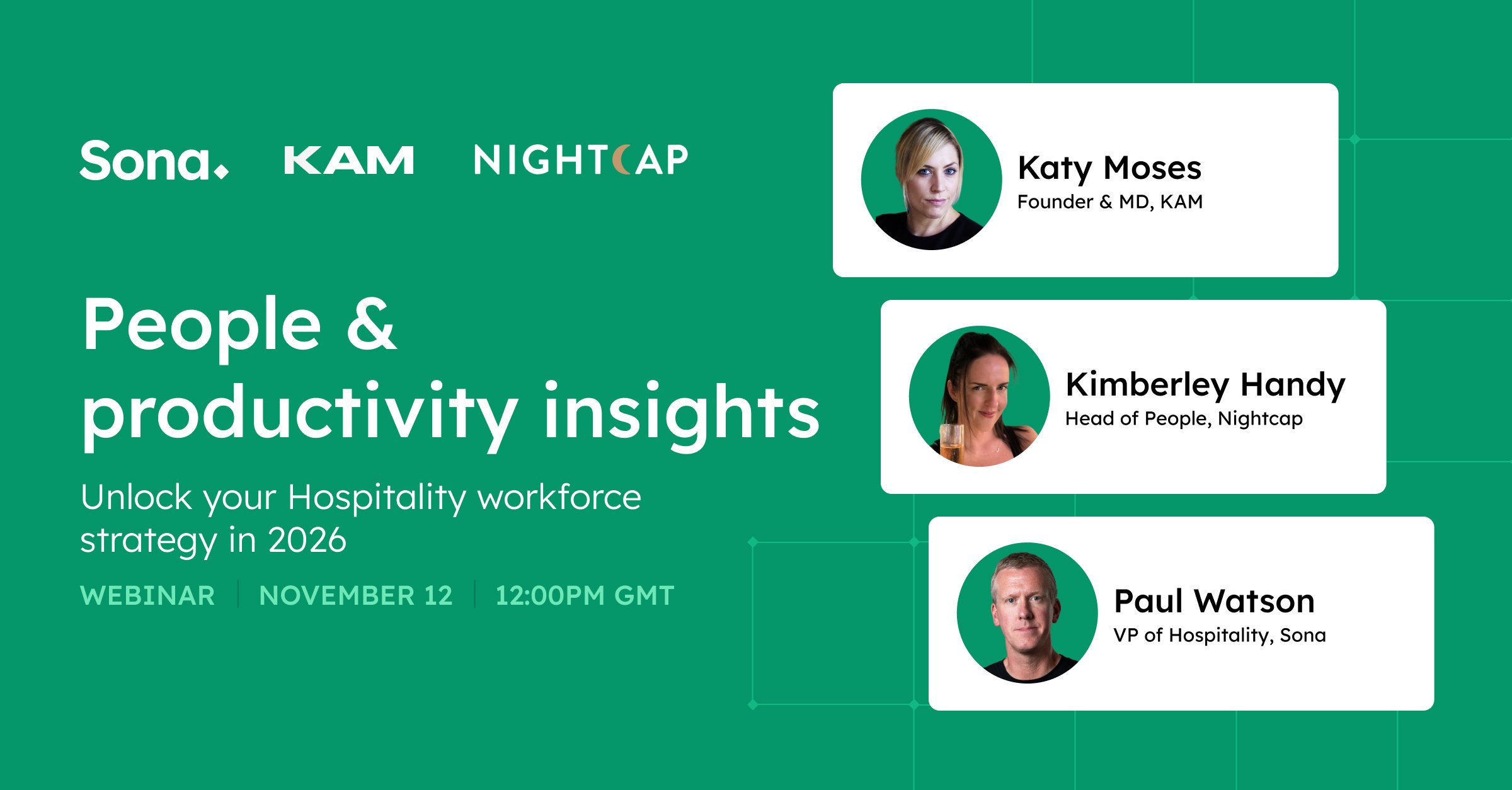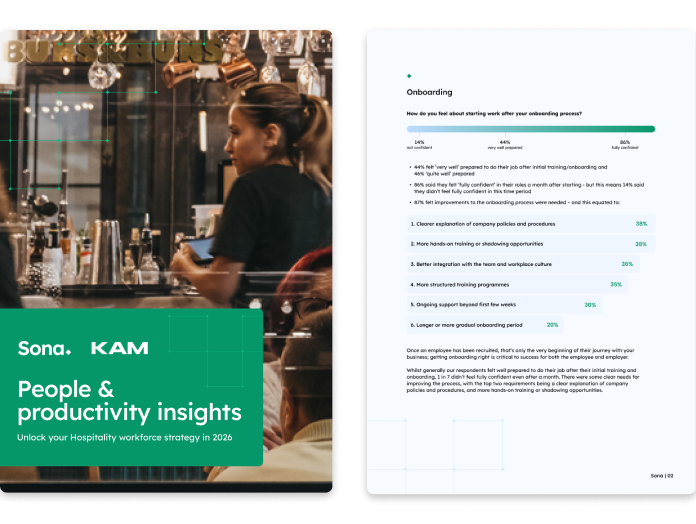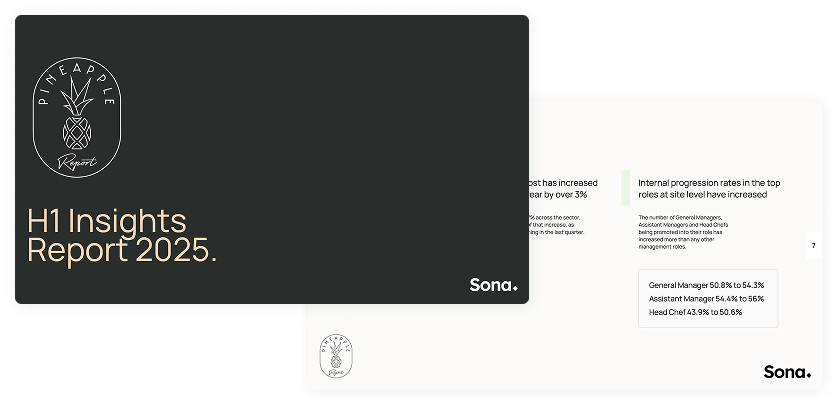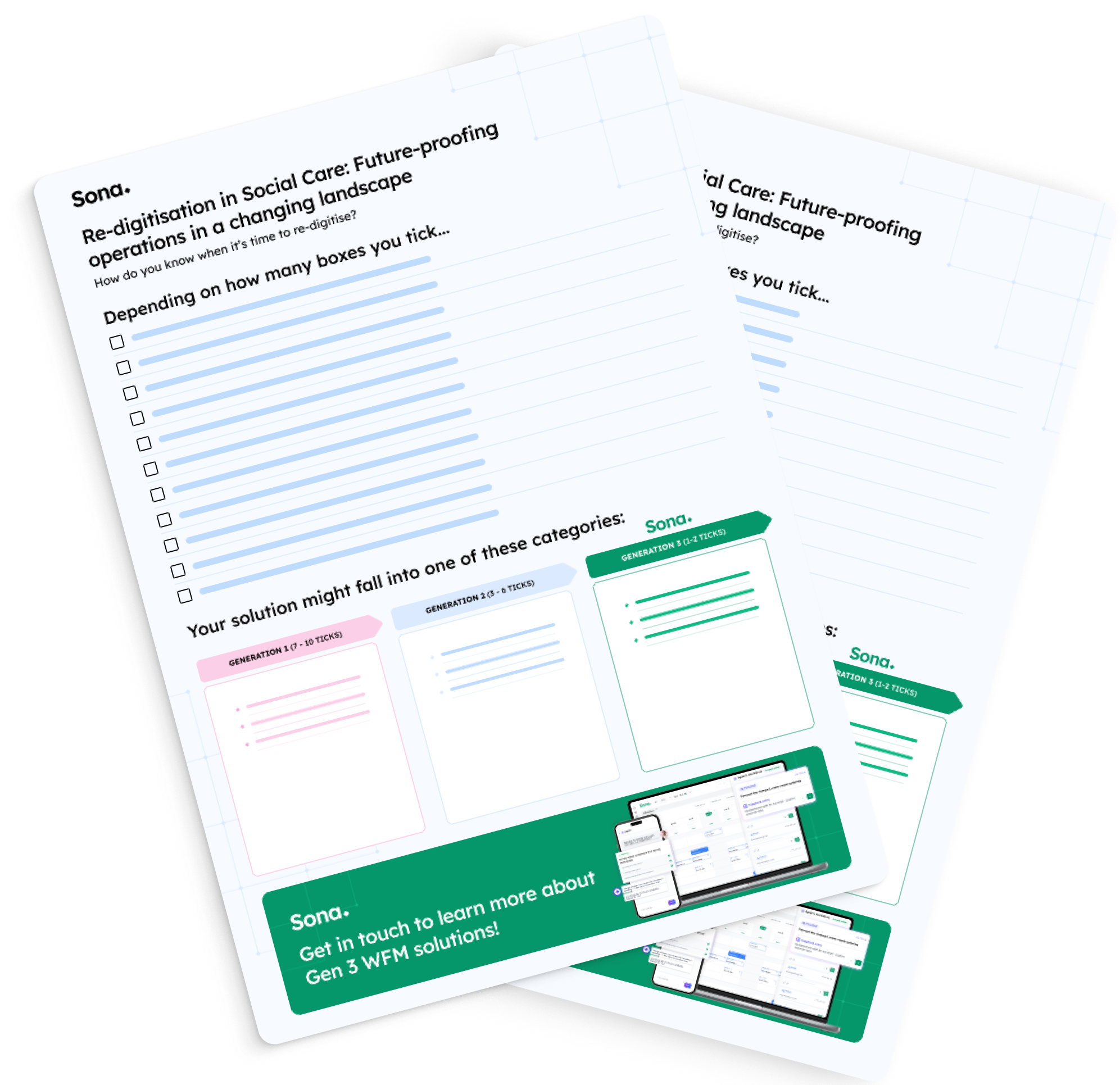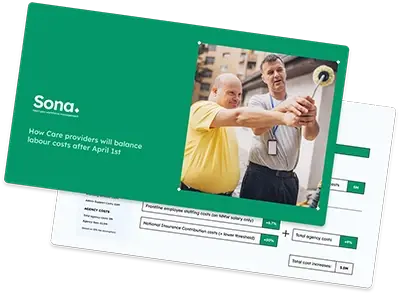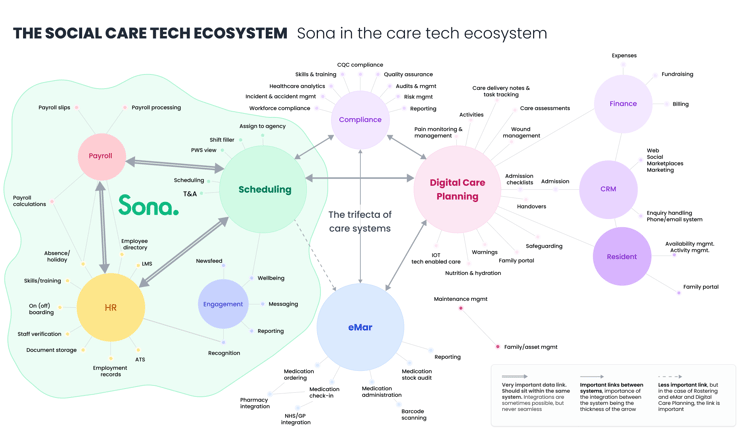The Social Care Tech Map: Three core digital solutions an organisation needs
The Social Care digital landscape has evolved at a rapid pace in the last few years.
7 minute read
Offering quality care is a complex process. The resident experience always comes first, but in a time when efficiency is paramount, Care organisations are also eagerly seeking to enhance their digital systems.
So, where should providers start if they want to improve?
Operations can vary significantly between different locations within the same organisation. Therefore, multiple systems are needed to effectively manage every aspect of care to a high standard.
Many providers still have to rely on legacy tech that hasn't always kept up with increasing demands, meaning leaders, managers, and staff will be using workarounds for some - if not many - of their processes. A few examples would be:
- Exporting or printing staff holiday sheets from an HR system and inputting the information manually in a Payroll system
- Keeping staff aware at all times of individual resident medication needs
- Manually checking if Time & Attendance has been logged correctly by cross-referencing with rostering
- Manually reconciling Time & Attendance with Payroll
- Calling/emailing staff individually to offer overtime shifts
These workarounds are often leading causes of operational inefficiency.
To build a tech stack that is future-proof, the focus needs to be on software providers that:
- Design specifically for the Care sector
- Release innovative features regularly
- Prioritise configurability through strategic partnerships and integrations
To illustrate this complexity we’ve put together a Social Care Tech Map.
We spoke to a diverse set of leaders and managers who have either rolled-out digitisation projects or are getting ready to, and collated their insights below.
One single system to manage everything might sound ideal, but the reality is that one solution wouldn’t have the depth needed to do all of the above efficiently and effectively.
Those tasked with “digital transformation” also need to be ROI-focused, and demonstrate the potential savings a solution can bring to the business to boards of trustees or to C-level leadership, helping them see beyond the initial implementation cost.
All this contributes to the challenge of starting a digitisation process, a challenge that is compounded once we consider how some of these systems must communicate seamlessly to help organisations and residents thrive, rather than add to admin chaos.
When choosing the first digital solution - whether that is a brand new process or an improvement on a legacy provider - there are three core areas that transformation leads can focus on.
What are the systems at the core of a Care organisation?
When choosing the first digital solution - whether that is a brand new process or an improvement on a legacy provider - there are three core areas that transformation leads can focus on.
We’ve spoken extensively to leaders facing (and overcoming) these pressures, to be confident that the three systems at the core of the map are the best starting point.
1. Care planning and digital records keeping
The CQC’s recommendations together with generous government incentives - projected to end in April 2024 - have made care planning and digital records keeping one of the first areas organisations consider for digitisation.
From increased productivity to evidence-gathering, providers can reap the benefits of keeping real-time updates on care planning activities. This generally leads to better collaboration among multiple staff members, as everyone has access to the same information about a resident's changing needs.
However, digital care planning solutions aren't always the ideal first choice. Their impact on the organisation is generally reduced to record keeping, and they don't tend to contribute to overall efficiency or save costs.
Roll-out expenditures can also increase, as providers need to invest in hardware (phones or tablets) for each staff member and ensure the location's internet infrastructure is compatible.
2. Electronic medication administration
eMAR lifts another paper burden from Care staff and is generally the system of choice for organisations looking to keep track of a resident's current medication plan.
Since eMAR solutions usually record details like dosage and directions, they tend to simplify the process for Care staff, allowing them to electronically record administered medications without the hassle of manual pen-and-paper documentation.
The overall benefit is in the quality of evidence gathered and the increased assurance of resident safeguarding, but the impact on the business won't usually cover the implementation cost or support other future initiatives.
3. Scheduling
Scheduling software (also known as rostering or e-rostering) is a key solution for organisations looking to improve operations and wellbeing across the board.
75% of Care organisations costs are spent on staff costs (based on annual report data from leading UK Care organisations).
The intelligent labour deployment that scheduling solutions deliver can help tackle expensive productivity issues such as understaffing or overstaffing across locations, and reduce agency usage by up to 60%.
Safeguarding for staff and residents is also a challenge that many multi-location providers struggle with. This can significantly impact organisational viability and employee and resident wellbeing. Scheduling software keeps attendance records for compliance & evidence gathering while a real-time Time & Attendance feature records where staff members are at all times.
Furthermore, if Scheduling communicates seamlessly with the HR and Payroll systems, this can also lead to managers saving time on manual data reconciliation and avoiding incidents when running Payroll.
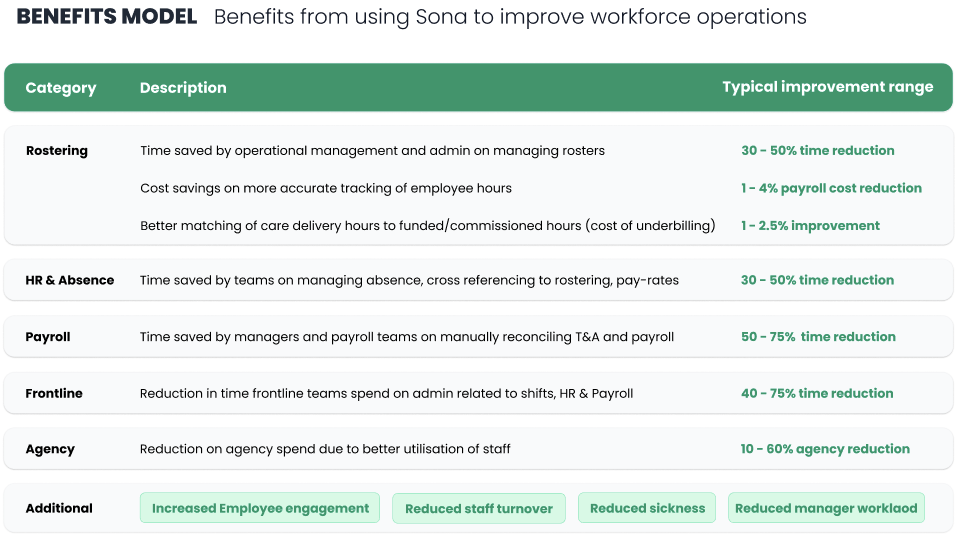 Overall, according to Sona shift data, up to 20% of these costs are in scope for savings with a next generation solution.
Overall, according to Sona shift data, up to 20% of these costs are in scope for savings with a next generation solution.
Based on a recent Deloitte Centre for Health Solutions report, shifting to digital scheduling will have huge implications for employee morale, work-life balance and managing temporary staff. This is particularly important as flexible work becomes more and more a priority for those joining Care.
This means that sticking to analogue scheduling or legacy providers could hamper everything from recruiting and retaining skilled professionals to missing out on productivity gains and cost savings.
Finally, with scheduling playing a core role for many Care home operations - including HR and Payroll - selecting the right provider will simplify the next few stages of a successful digital journey.
Building your tech stack: What comes after your core systems?
The benefit of having your core systems in place is that they make choosing the next ones easier.
The section of the Social Care Tech Ecosystem highlighted below shows how information needs to flow from Scheduling to its adjacent systems, mainly HR and Payroll.
Since Scheduling is a core solution, it should simplify the choice of HR and Payroll systems an organisation needs to consider.
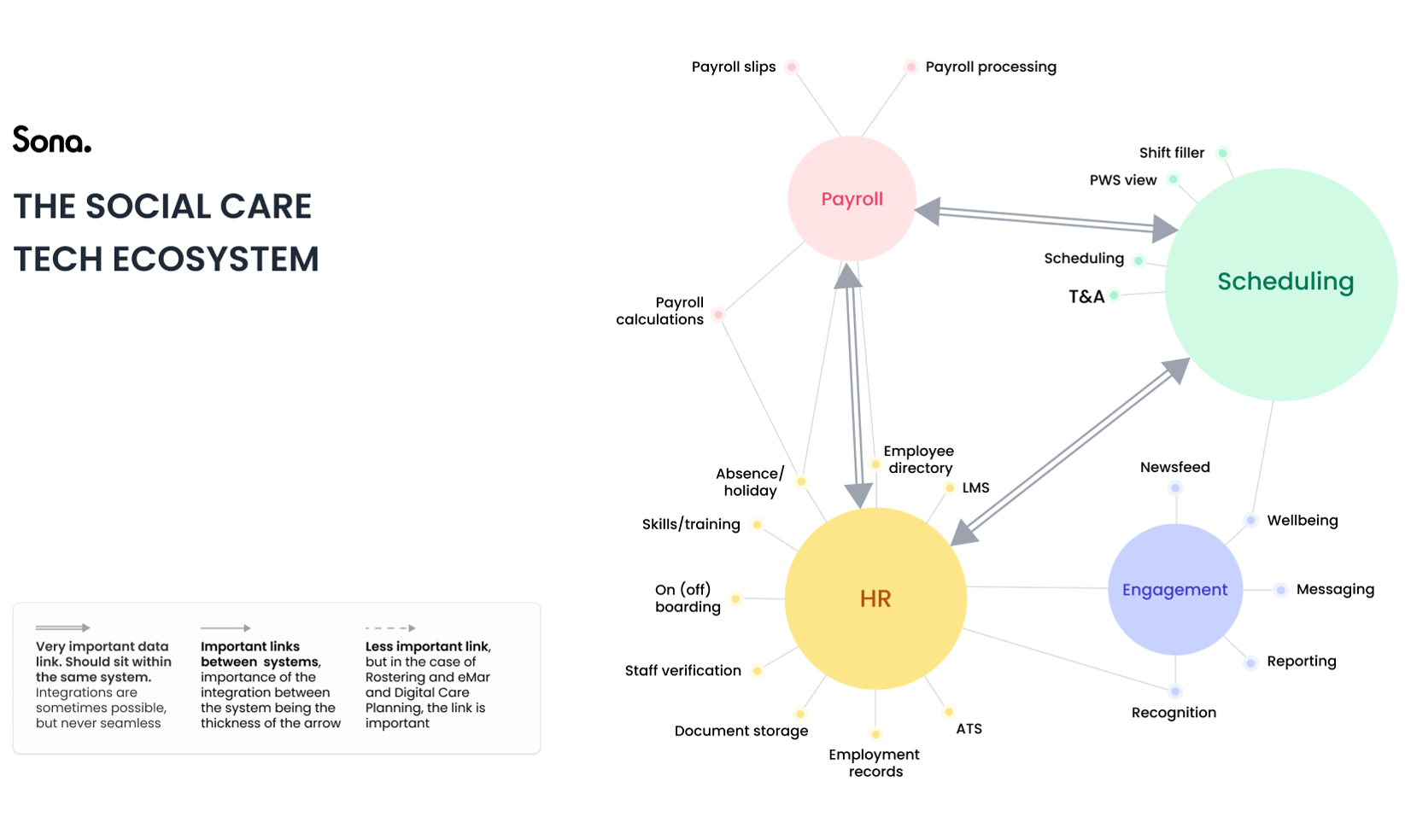
Non-Care specific solutions versus purpose-built software
The degree of complexity that is characteristic in Social Care operations requires Scheduling, HR, and Payroll systems to function at a high level, so purpose-built solutions are the only ones worth considering.
At the same time, these three areas need seamless communication, so it is best for the solutions to sit under the same software provider. Integrations are possible, but they can be costly and rarely lead to the same quality of data and operational efficiency.
Legacy providers versus next generation solutions
Legacy providers will often show that they provide Scheduling, HR, and Payroll under one name, but more often than not, these were not purpose-built and/or developed in-house. Rather, they were acquired in a business purchase over time.
What this means is that their products don't always have a smooth, native integration, and are generally separate solutions which might require costly additional development to communicate effectively.
With all this in mind, it is not surprising that rolling out a transformation initiative is an exciting yet daunting task.
If you're curious to learn more about how digital solutions interact in the Care ecosystem, we'll be exploring types of integrations and more in our next instalment of the Tech Map series.
Subscribe to the newsletter below to join our Care Leader News network and be the first to know!
Enjoyed this article? Let's stay in touch 👋
If you liked this article, why not subscribe to our newsletter to get the latest news and views delivered straight to your inbox?

